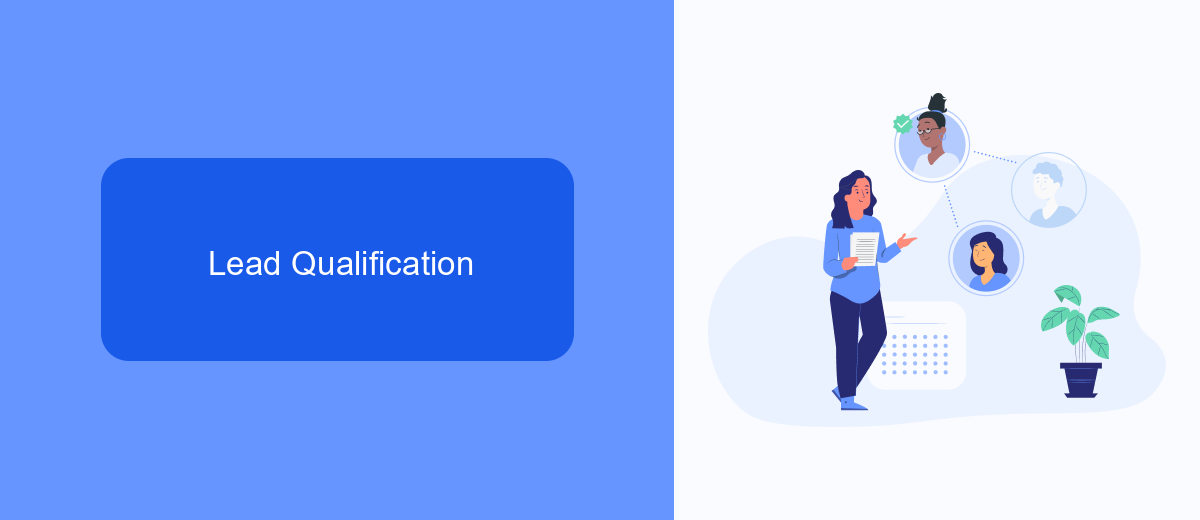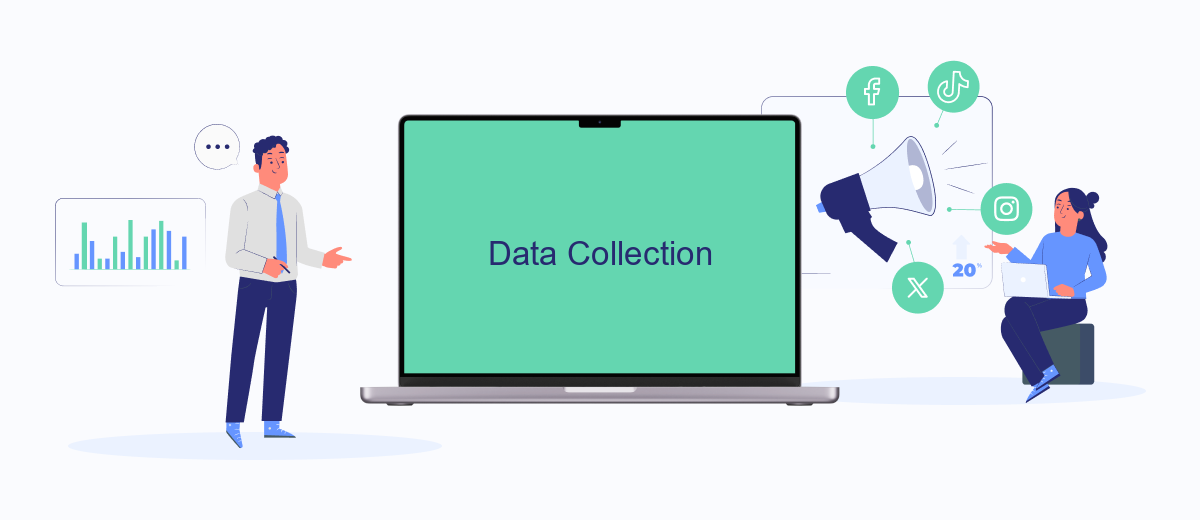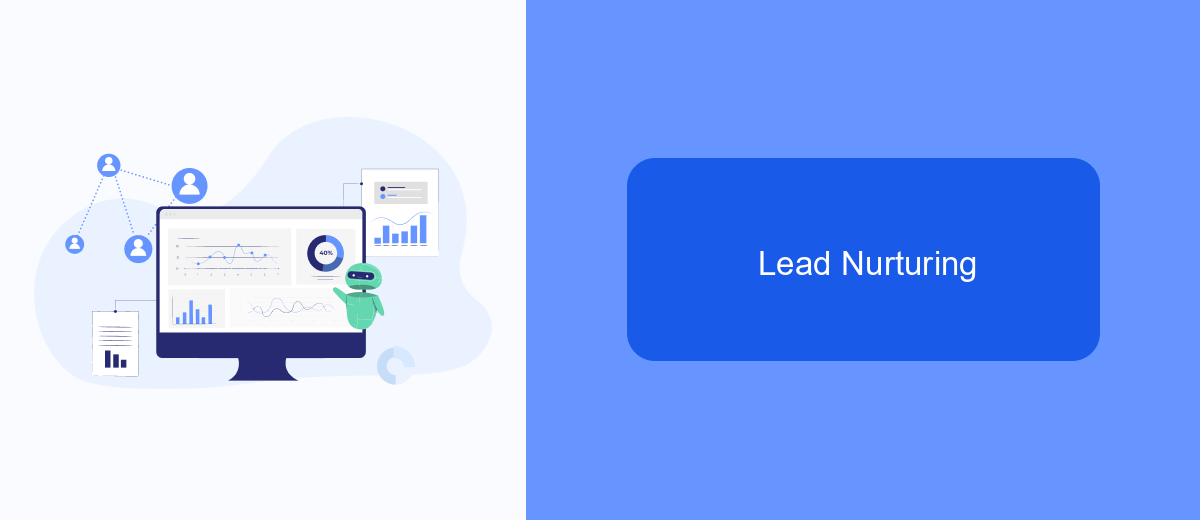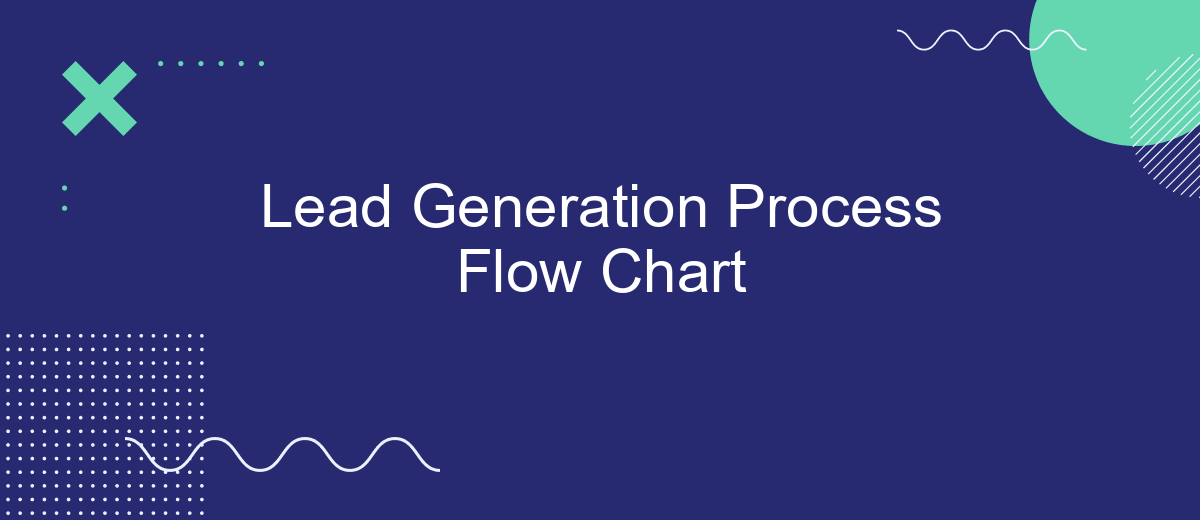Creating an effective lead generation process is crucial for any business looking to expand its customer base. A well-structured flow chart can simplify this complex process, ensuring each step is clear and actionable. In this article, we'll explore the essential components of a lead generation process flow chart and how it can streamline your efforts to attract and convert potential customers.
Lead Identification
Lead identification is the initial and crucial step in the lead generation process. It involves recognizing and pinpointing potential customers who may have an interest in your product or service. This stage sets the foundation for a successful lead generation strategy by ensuring that your efforts are focused on the right audience.
- Define your target audience: Identify the demographics, interests, and behaviors of your ideal customers.
- Use data analytics: Leverage tools and platforms to analyze customer data and identify patterns that can help in targeting potential leads.
- Utilize social media: Monitor social media platforms to discover potential leads who are engaging with your brand or industry.
- Implement SaveMyLeads: Integrate SaveMyLeads to automate the process of collecting and managing leads from various sources, ensuring no potential lead is missed.
By effectively identifying leads, businesses can streamline their marketing efforts and increase the chances of converting prospects into loyal customers. Leveraging tools like SaveMyLeads can significantly enhance the efficiency and accuracy of this process, making lead identification more manageable and effective.
Lead Qualification

Lead qualification is a crucial step in the lead generation process, as it helps to identify which leads are most likely to convert into customers. This involves assessing leads based on various criteria such as their interest level, budget, authority, and need for the product or service. By prioritizing qualified leads, sales teams can focus their efforts on prospects who are more likely to bring value to the business, thereby increasing the efficiency of the sales process and improving conversion rates.
To streamline the lead qualification process, businesses can utilize tools and integrations that automate and enhance lead assessment. One such tool is SaveMyLeads, which allows seamless integration with various CRM systems and marketing platforms. SaveMyLeads helps in automating the data transfer between different systems, ensuring that sales teams have access to up-to-date and accurate information about each lead. This not only saves time but also ensures that no potential lead is overlooked, thereby optimizing the overall lead qualification process.
Data Collection

Data collection is a crucial step in the lead generation process, as it helps in gathering essential information about potential customers. This data can be used to tailor marketing strategies and improve conversion rates. To ensure efficient data collection, follow these steps:
- Identify the key data points you need, such as contact information, company size, and industry.
- Use forms and surveys on your website to capture this information from visitors.
- Leverage social media platforms and online advertising to reach a broader audience.
- Integrate data collection tools with your CRM system to streamline the process.
- Utilize services like SaveMyLeads to automate data integration from various sources into your CRM.
By following these steps, you can ensure that your data collection process is both efficient and effective. Integrating tools like SaveMyLeads can further enhance your ability to manage and utilize the collected data, ultimately leading to more successful lead generation campaigns.
Lead Nurturing

Lead nurturing is a critical component of the lead generation process, focusing on developing relationships with potential customers and guiding them through the sales funnel. By providing valuable content and personalized communication, businesses can build trust and keep prospects engaged until they are ready to make a purchase.
Effective lead nurturing involves understanding the needs and behaviors of your prospects, allowing you to tailor your approach accordingly. This can be achieved through various channels such as email marketing, social media, and direct outreach. The goal is to deliver the right message at the right time to move leads closer to conversion.
- Segment your leads based on their interests and behaviors.
- Develop targeted content that addresses their specific needs.
- Use automated tools like SaveMyLeads to streamline your communication efforts.
- Monitor and analyze engagement to refine your strategies.
By implementing a well-structured lead nurturing strategy, businesses can significantly improve their conversion rates and build long-lasting relationships with their customers. Utilizing tools such as SaveMyLeads can enhance your ability to manage and automate these processes, ensuring that no lead is left unattended.
Conversion
Conversion is a critical phase in the lead generation process, where potential leads are transformed into actual customers. This stage involves nurturing leads through personalized communication, providing valuable content, and addressing their specific needs and concerns. Effective conversion strategies include leveraging targeted email campaigns, offering free trials or demos, and utilizing persuasive calls-to-action (CTAs) to guide leads towards making a purchase decision. It's essential to continuously analyze and optimize these strategies to improve conversion rates and maximize return on investment (ROI).
Integrating various tools and services can significantly enhance the conversion process. For instance, SaveMyLeads offers seamless integration with multiple CRM systems and marketing platforms, allowing businesses to automate lead nurturing and follow-up tasks. By using SaveMyLeads, companies can ensure that no potential lead falls through the cracks, and all interactions are tracked and managed efficiently. This not only streamlines the conversion process but also provides valuable insights into lead behavior and preferences, enabling businesses to tailor their approach for better results.


FAQ
What is a lead generation process flow chart?
Why is a lead generation process flow chart important?
How can I create a lead generation process flow chart?
What are the key stages in a lead generation process flow chart?
How can automation tools improve the lead generation process?
If you use Facebook Lead Ads, then you should know what it means to regularly download CSV files and transfer data to various support services. How many times a day do you check for new leads in your ad account? How often do you transfer data to a CRM system, task manager, email service or Google Sheets? Try using the SaveMyLeads online connector. This is a no-code tool with which anyone can set up integrations for Facebook. Spend just a few minutes and you will receive real-time notifications in the messenger about new leads. Another 5-10 minutes of work in SML, and the data from the FB advertising account will be automatically transferred to the CRM system or Email service. The SaveMyLeads system will do the routine work for you, and you will surely like it.
